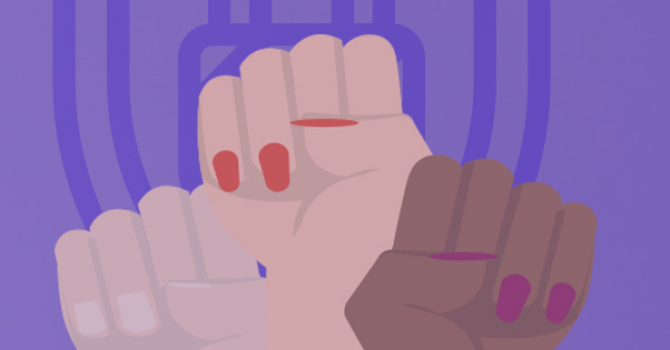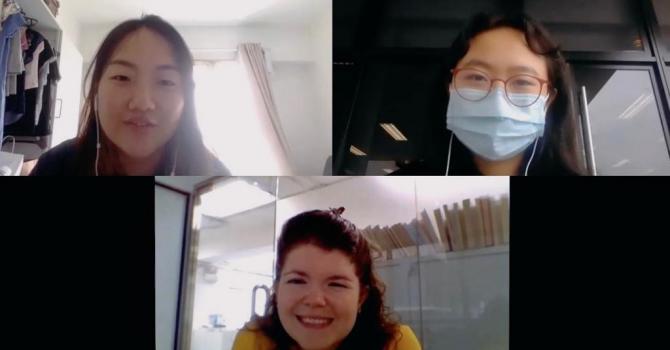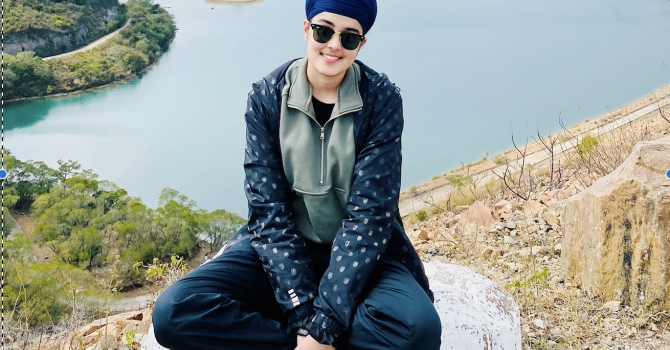Under the Sleeve - Cracking the Dress Code
Should employers or school administrators be allowed to tell people how they should look?
In the US, after a series of discrimination over how black students were groomed, new laws have passed enabling protection for students against discrimination, preventing children and adults of how they wear their hair. While people have argued about how dress codes are used to maintain professionalism, many have explained how these definitions of professionalism are deeply rooted in racism.
What about in Hong Kong? While we’ve seen successful cases of teachers speaking out against discriminatory dress codes against women for needing to wear dresses, how is our progress in codes of professionalism for our peers from diverse backgrounds?
I fondly remember my Pakistani classmate T.
T always wore our school cardigan no matter the weather. I had never seen her take it off, so the first thing I asked her after we became friends was “Why won’t you take off your cardigan on this hot summer day?”. She tightened her lips and slowly rolled up her sleeve – underneath the sleeve, it was a beautiful Mehndi - a form of body art painting decorative designs using the Henna plant.
“Wow! That’s so cool! But our discipline teacher will certainly tell you off if she discovered…”. I looked in awe at this elaborately embellished arm, while trying to cover it with a textbook so that no teachers could see it. T replied, “I know…that’s why I wear a cardigan all the time.”T then told me she wore Mehndi to protect her from evil spirits. In her home country, it was very common for young girls to do it for good luck. Mehndi was part of their tradition and religion. No celebration is completed without Mehndi as it is an important custom of Pakistani culture. Even though T tried liaising between her family and the school, it was deemed not appropriate with the school dress code, thus T had to wear the cardigan even during the sweltering heat.
While dress codes help portray a proper image for students and employees, I believe it’s time for us to respect diverse cultures and be inclusive of our definitions of professionalism. As Aundrey Page, a principal of a KIPP high school, reminded us : “In what ways have we used small things like dress code to keep people from having equitable access to opportunity?”. I truly hope that we can learn to be respectful and unite to crack the cultural dress code.




